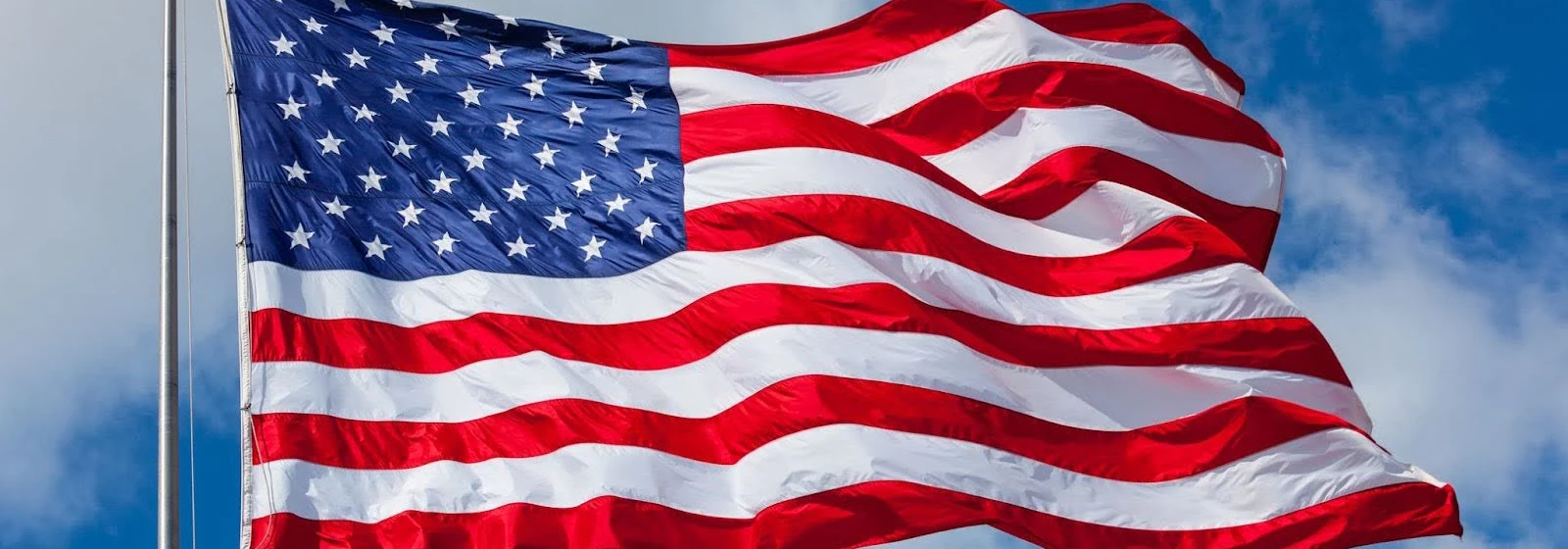The “Era of Good Feelings” is a term coined to describe a period of American history characterized by a sense of unity and optimism. Following the War of 1812, the nation experienced a surge of nationalism and a general feeling of harmony. In this blog post, we will delve into the political climate, economic changes, major events, and the impact on society during this remarkable era.
Political Climate
The “Era of Good Feelings” saw a rise in the dominance of the Democratic-Republicans, led by President James Monroe. Unity and bipartisanship prevailed as political factions dissolved, creating a harmonious political landscape. This unity was fueled by a sense of national pride and a desire to move beyond partisan divisions.
Economic Changes
The era witnessed significant economic growth and expansion. American industry flourished, with advancements in manufacturing and technological innovations driving economic prosperity. Trade and commerce expanded, both domestically and internationally, contributing to a flourishing economy. Investments in infrastructure, such as roads and canals, further supported economic development and connectivity.
Major Events
Several major events shaped the “Era of Good Feelings” and left a lasting impact on American history. One such event was the Missouri Compromise of 1820, which addressed the issue of slavery and maintained the balance between free and slave states. The Monroe Doctrine, declared in 1823, asserted American influence in the Western Hemisphere and became a cornerstone of American foreign policy. Additionally, the Panic of 1819, the first major economic depression in the United States, highlighted the vulnerabilities of an expanding market economy.
Impact on Society
The “Era of Good Feelings” fostered a strong sense of nationalism and patriotism among Americans. The surge of national pride was reflected in cultural and artistic developments, including the emergence of distinctly American literature and art. However, the era was not without its challenges and criticisms. Growing sectional tensions, debates over slavery, and concerns over the concentration of wealth highlighted the underlying social and economic complexities of the time.
Despite its optimistic moniker, the “Era of Good Feelings” also illuminated the deep-seated issues within the fabric of American society. The period was marked by a growing divide between the North and the South, primarily over the institution of slavery and economic interests. These sectional differences would simmer beneath the surface of national politics, eventually erupting into the Civil War in the following decades. Additionally, the treatment and displacement of Native American populations continued, as westward expansion prompted conflicts over land and sovereignty. The era, therefore, presents a study in contrasts—a time of notable achievements and unity but also of significant societal and moral challenges that would shape the nation’s future.
Conclusion
The “Era of Good Feelings” holds a significant place in American history as a period characterized by unity, economic growth, and a sense of national pride. It laid the foundation for future advancements and set a precedent for American political and economic systems. By exploring the political climate, economic changes, major events, and societal impact of this era, we gain a deeper understanding of the complexities and legacies that shaped early 19th-century America.
Want to dig deeper into American history? Book a tutoring session with one of our expert history teachers who make learning about the past fun!



